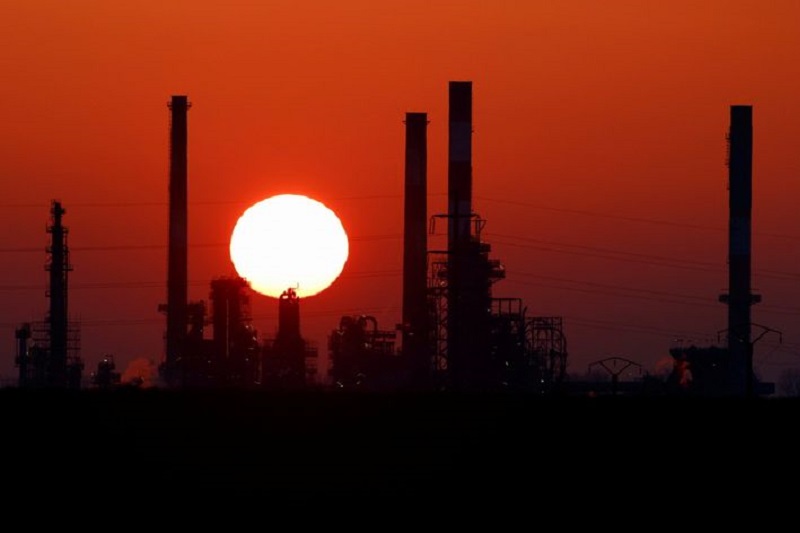Investing.com -- Oil prices rose sharply in early Asian trade on Monday after Saudi Arabia pledged deep production cuts in July, while the Organization of Petroleum Exporting Countries and Allies agreed to extend supply cuts into 2024.
In a weekend OPEC+ meeting, Saudi Arabia said it will cut production by about 1 million barrels per day (bpd) in July to 9 million bpd. This is in addition to the at least 3.66 million bpd of cuts that the OPEC+ has rolled out since October 2022, which were extended till end-2024 from end-2023 during Sunday’s meeting.
The group also agreed to reduce overall production targets, starting from January 2024, by 1.4 million bpd. But a bulk of these reductions will bring production targets for Russia, Nigeria, and Angola in line with real current production levels.
The move comes as the oil cartel seeks to increase crude prices and maintain the value of its main export. Saudi Arabia is also seeking to dissuade speculators from betting against crude prices, which have seen a substantial increase in short interest this year.
Brent oil futures rose 1.7% to $77.66 a barrel, while West Texas Intermediate crude futures rose 2% to $73.17 a barrel by 20:10 ET (00:10 GMT). Both contracts were still trading down between 6% and 8% for the year.
The OPEC+ cuts come as fears of slowing economic growth and weak demand battered oil prices this year, with crude marking five straight months of losses. A surprise production cut from the cartel in April provided a limited boost to crude prices, as markets fretted over a potential U.S. debt default and as weak economic readings from China cast doubts over a recovery in demand this year.
Sunday’s cuts now herald tighter oil markets in the second half of 2023, and could keep prices relatively supported, even as economic conditions deteriorate and interest rates rise.
A string of weak economic readings from China pointed to an uneven recovery in the world's largest oil importer, which could in turn keep demand limited later this year. Economic powerhouses such as the euro zone and the U.S. are also grappling with a slowdown in manufacturing activity this year, which is expected to weigh on economic growth this year.
U.S. interest rates are also expected to stay higher for longer, especially as nonfarm payrolls grew more than expected through May.
